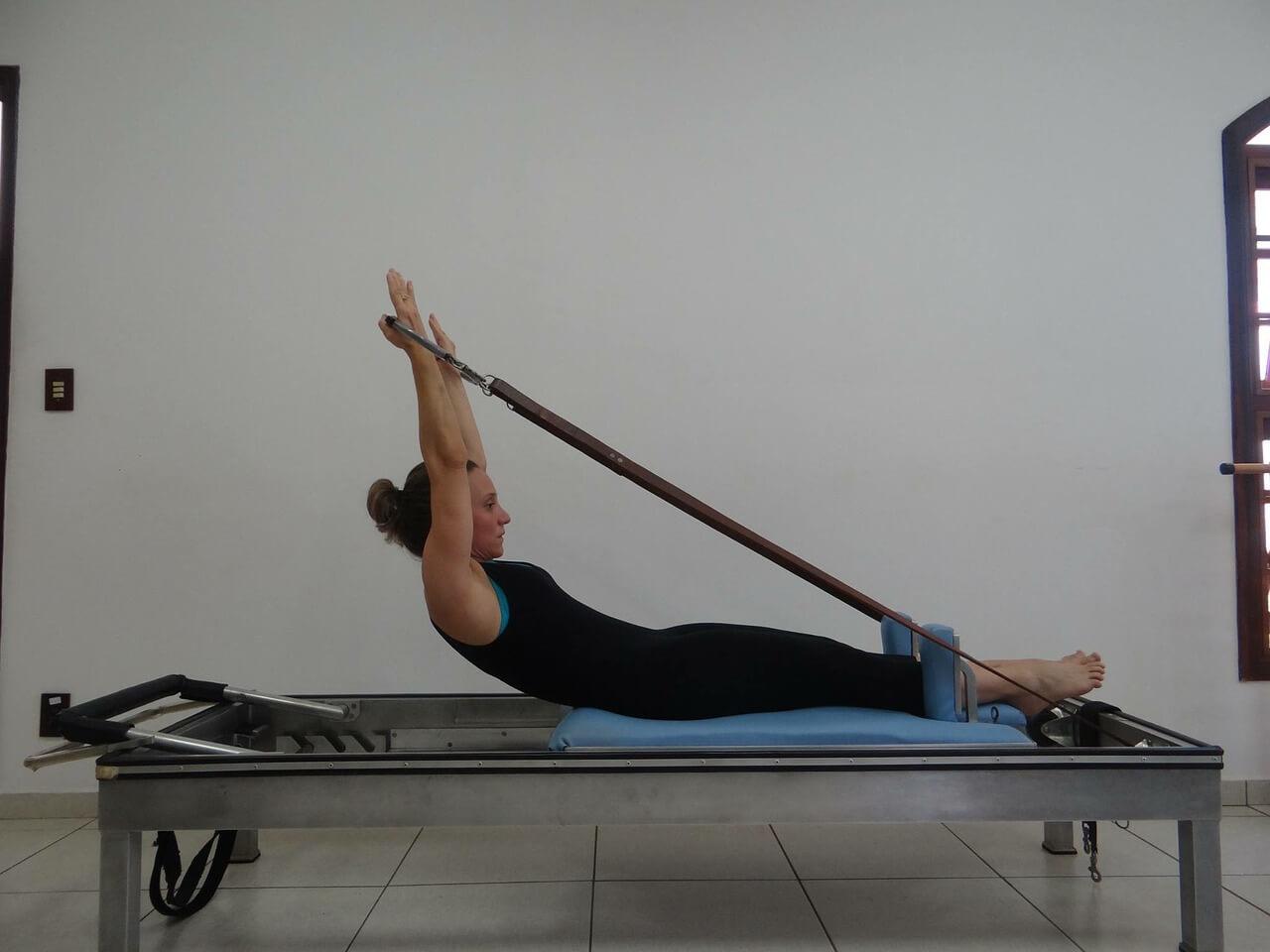Running After Surgery

Surgery. The word doesn’t evoke warm fuzzies even though the end result of surgery is usually a positive one. And the last thing any runner wants to hear is that they have to be down for duration of time, especially if that time is so lengthy that your base needs to be rebuilt. Even though the downtime is doctor ordered, you know there is no way you could run let alone keep your normal distance or pace. It’s tough to not let it get you down or affect your ego especially if your social media feed is full of friends training, racing and nailing PRs.
But this is the one time you honestly need to let your body, mind and inner runner rest. Embrace the time off and use it to your advantage. Take a full mental and physical break if you need it, read up on running, evaluate your training schedules, and if possible try something new that could supplement you running. It’s proven that patients who get up and moving as soon as cleared have fewer complications. So what happens when you’ve gotten clearance and it’s time to get back to running after your surgery?
Listen to the Doctor
As with any health advice, you should listen to the doctor. Surgeries are not overworked tendons or potential stress fractures where you can pick and choose and what you listen too because you are in denial. The most important thing you can do is to follow the activity and weight restrictions placed on you and obey them until your doctor says so. If you follow your doctor’s orders, he/she will clear you for normal activity on or before the targeted time frame. There is no reason to push it for one slow jog to set you back an additional week or two.

Additionally, just because the part of your body that you had surgery on doesn’t really relate to running, like Lasik eye surgery or wrist surgeries, don’t think logging a few miles is ok because your doc isn’t a runner and doesn’t really “get it”. If you have a tendency to get antsy, ask what you can do. Oftentimes stationary bikes, easy strolling (not speed walking) or light stretching-based yoga is ok.
Put Your Work In
Once surgery is over a lot of the time there are recovery items that you need to take care of. This could be ensuring you are taking medicine, changing bandages, adding oinments to scars or it could be good old physical therapy. It is imperative you follow your recovery plan laid out for you.
In terms of physical therapy, this mean going to see the physical therapist and, if asked, completing at home exercises. As a runner you are accustomed to the “hurts so good” mentality, use that and do not let mild discomfort of any physical therapy prevent you from taking the necessary steps to assist in the healing of your surgery. Each rep of an exercise is one step closer to pounding pavement, so view it like you do your running – with commitment and dedication.
Ease on In
Be aware that the area where you have surgery, including the incision itself, is going to be tender, sensitive and potentially painful. When you do begin exercising, make sure that you have a plan to get out if you are in pain, feeling dizzy or lightheaded. Either hop on the treadmill or machine at the gym or have someone with you that can assist you if you are venturing outside. Begin the initial intensity of your workout well-below what you physical feel you are capable of and focus on completing the workout. Even if you feel fantastic, taking it easy on the first few workouts will allow your muscles to readjust and to ensure that you won’t have any delayed incision or site pain.

In certain situations you might find pain or soreness in locations not associated with your surgery. Listen to your body and don’t exert yourself with unnecessary intensity. This can often be the case with laparoscopies and cesarean surgery. If it concerns you, talk to your physician. Otherwise continue with what you are comfortable with.
Keep in mind that while it seems like forever, getting back to your base won’t be as long as it could. Having a solid base prior to surgery will be a huge advantage. And as with most training plans of any kind, a conservative idea would be to increase your mileage and speed by about 10% a week. There are many claims that 6-8 weeks post-surgery should return you to pre-surgery status. Do not live by that hard and fast time frame of the general recovery period. An invasive surgery or childbirth versus something minor can significantly affect recovery. What is important is to minimize pain and any potential setbacks while getting yourself back to where you’d (reasonably) like to be.
Preventative Work
While you are easing back into a schedule, it’s not a bad idea to incorporate some preventative exercises. Not only would keeping up any physical therapy exercises given to your doctor or Physical Therapist be wise. but building up major muscles around problems areas would be beneficial. Especially if you’ve been off your feet for some time, adding in strength training for your back and core will assist with your breathing and the ability to draw easily from your diaphragm. Do leg lifts to help with stability and strengthen the knee. Look specifically at yourself as a runner. Most of us have weak hips or could use a little more strength in the upper back for long runs. Target something you want to fix or feel is weak.

Running after surgery doesn’t have to be miserable. It might not be your favorite thing, but after having been on a running hiatus remember that even some slow light mileage is a blessing. And who knows, maybe the time off and starting from “scratch” might make you stronger and faster. There are plenty of runner’s who can attest to that.
Latest Articles
 Is Running on a Treadmill Easier Than Running Outside?Runners have their own preferences, whether it is treadmill running, running outside on the road, or exploring trails. So...
Is Running on a Treadmill Easier Than Running Outside?Runners have their own preferences, whether it is treadmill running, running outside on the road, or exploring trails. So... Is It OK to Use Trail Running Shoes on the Road?While trail running shoes can be used on roads, especially in situations where a runner encounters mixed terrains or pref...
Is It OK to Use Trail Running Shoes on the Road?While trail running shoes can be used on roads, especially in situations where a runner encounters mixed terrains or pref... How to Fix Sore Quads After Running?Rest, ice, gentle stretching, and over-the-counter pain relievers can help soothe sore quads after running. Also, ensure ...
How to Fix Sore Quads After Running?Rest, ice, gentle stretching, and over-the-counter pain relievers can help soothe sore quads after running. Also, ensure ... 10 Fruits With The Most Electrolytes to Replace Sports DrinksThese fruits are high in electrolytes such as potassium, magnesium, and calcium, essential for hydration, muscle function...
10 Fruits With The Most Electrolytes to Replace Sports DrinksThese fruits are high in electrolytes such as potassium, magnesium, and calcium, essential for hydration, muscle function...

